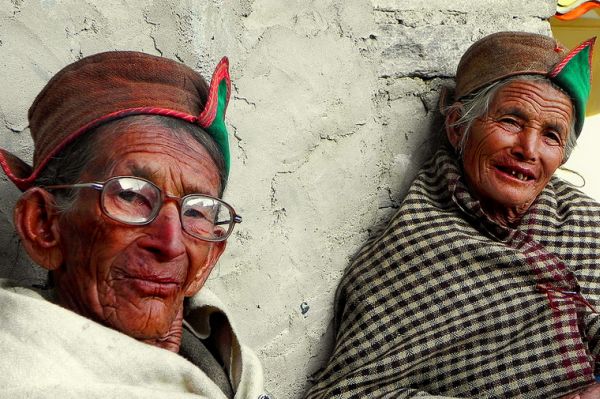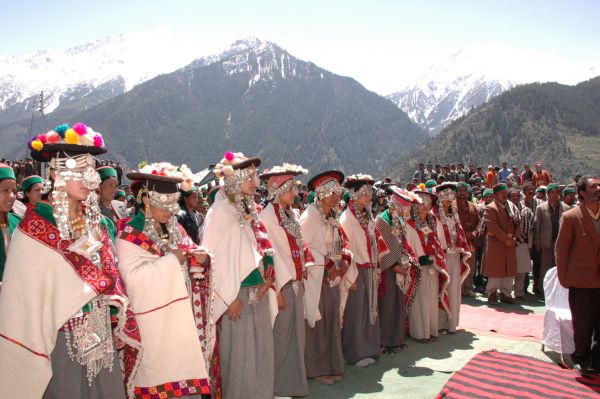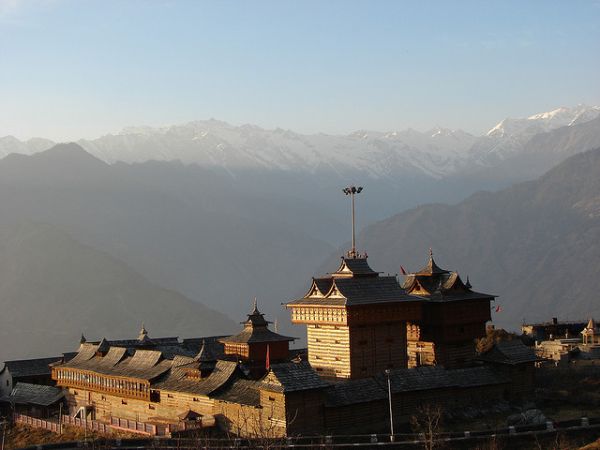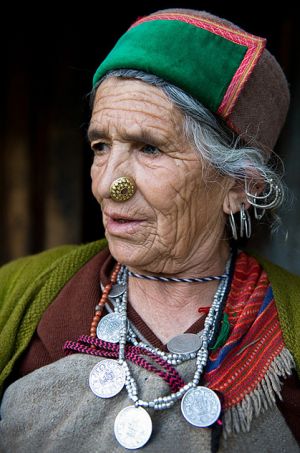
Having weathered many storms and avalanches to emerge stronger than before, the hardy mountain people of Kinnaur continue to battle the raw vagaries of nature, all the while drawing upon the rich tradition that has nurtured the culturally rich community down the millennia.
Touching the borders of Tibet, Kinnaur is home to one of the oldest traditions. Legend has
it that Kinnaur with all its beauty and splendour fell from the clouds to take its place in the Himalayas.
On the ridges and peaks of Kinnaur’s mighty peaks, Asia’s great religions and races commingle giving rise to a vibrant native society. These colourfully attired people given to merry making, down the ages thrived on trade along the famous central Asian silk route.

Through the vast mass of west Himalayan ranges it is only the fast flowing River Sutlej that breaches the mountains en route to the Indo-Gangetic plains.
Though royal estates wound up after India attained independence but for native people of Kinnaur and Bushair traditions hold.
Whereas the royal seat moved from Kamru in the scenic valley of Sangla in pre-independence era to Rampur and Saharan, the people retain their belief in the royal house, even though the times have changed.
The Bhimakali temple of Saharan marks a boundary between the Vajrayana Buddhism of Tibet in the north and Hinduism on its south. The Shimla gazetteer 1888-89 puts the temple age at over 2000 years.

The temple houses the family deity of the Bushair and is considered a Shaktipeeth temple. Having survived the massive 1905 Kangra earthquake, locals uphold the belief that goddess Bhimakali protects them against all natural calamities.
The sparse agricultural lands in the highlands grows many crops but Kinnaur apples, almonds, dried apricots (locally called ‘chulis’), grapes and raisins, ‘chilgoza’ and the local cognac ‘Angoori’, beans and Jeera (spice) are much sought after.
Women of raw beauty laden with turquoise and other precious stones ornamented in silver along with their men folk have survived modernity to keep their tribal traditions alive.
Not one to be cowed down by the havoc wrecked last summer by unusually heavy rains and snows, Kinnauri people have not forgotten the deep respect for nature.
From where nature left them, they have picked up the threads of life in
some of the harshest high altitude terrains in the world and survive in extreme climatic conditions to make the best of what they call home.
